Antioxidants, Blue Light, Cataracts, and Another Wonderful Week at TRIP! by Justin Forbes10/18/2019
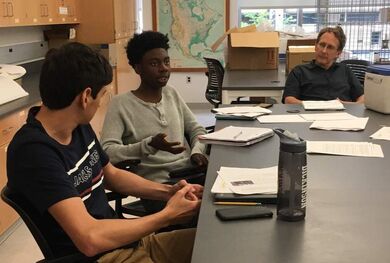 Antioxidants have been shown to be able to protect against free radical damage in cells, and protect them from some types of damage. In my Independent Project I will be looking at which types of antioxidants reduce damage done to the eyes by blue light. In my project I will be exposing adult flies to blue light, but some of the flies will have certain antioxidants in their food. I will have three separate antioxidants, Holy Basil, Selenium, and Vitamin E, and some containers have combinations of two of these antioxidants, and one vial has all three combined. So, while the flies are being exposed to this blue light they will be ingesting antioxidants to hopefully combat the damage. There is one control group that will not be ingesting antioxidants, but will be exposed to the blue light, and there is another control group that will not be eating antioxidants nor will it be exposed to blue light.
Also, I can sometimes be slower than people when doing projects, and I try my best to try and keep up with everybody while not lowering the focus and precision I use when doing the projects. However, one day, I happened to go over the time allotted, and I needed to put the drugs in the fly food, and then put in the flies. Yet, there were lots of people who stayed as long as they could to help me finish up, and with the help of everybody I was able to finish my work that day even though I still went over the time.
0 Comments
Your comment will be posted after it is approved.
Leave a Reply. |
Archives
April 2024
Categories
All
|
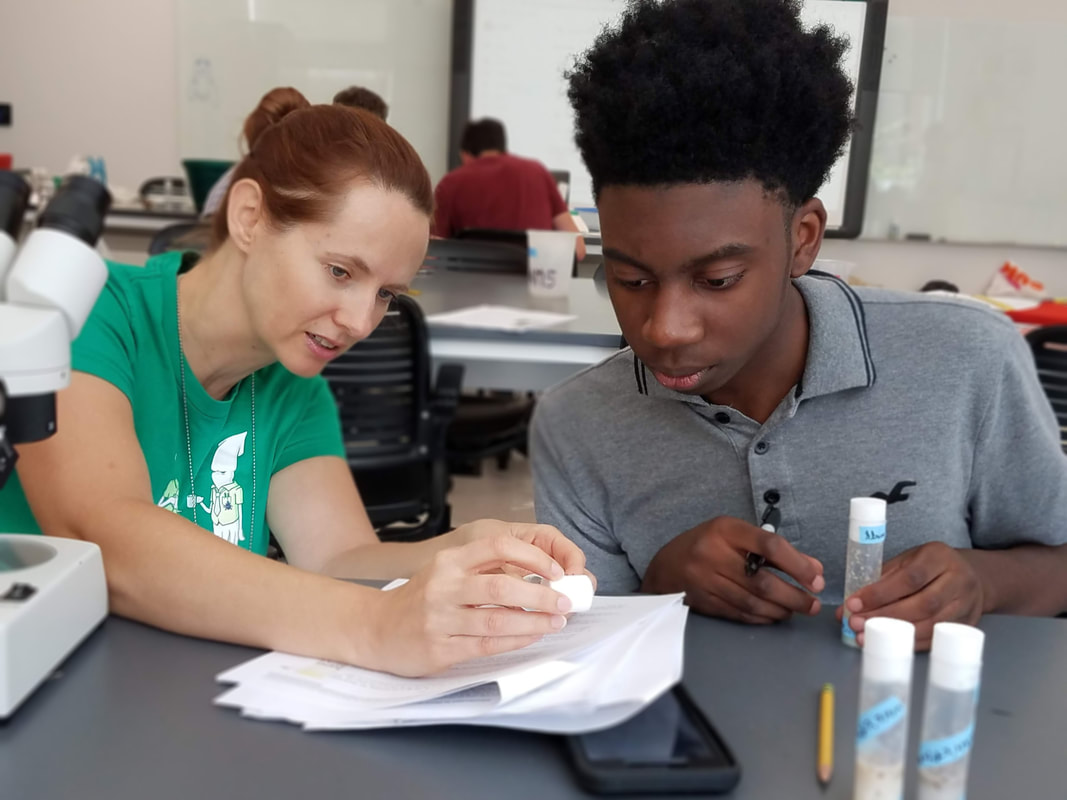
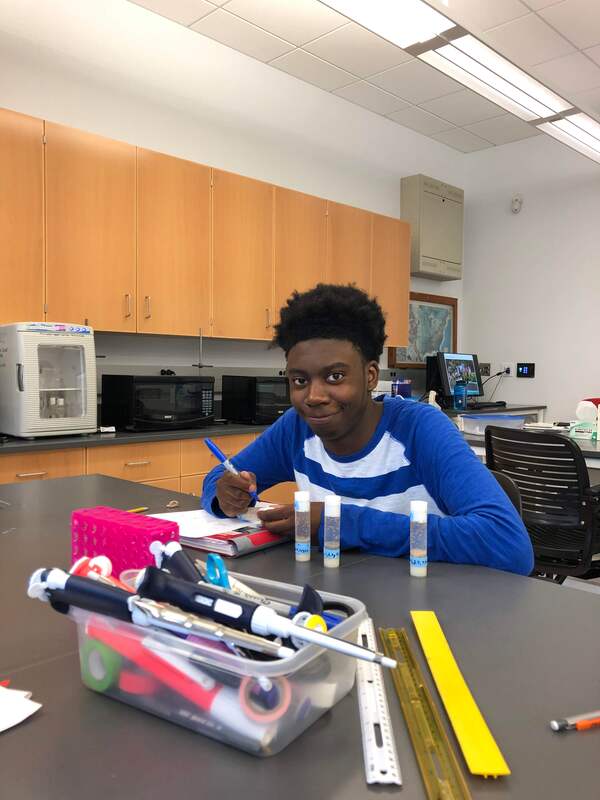
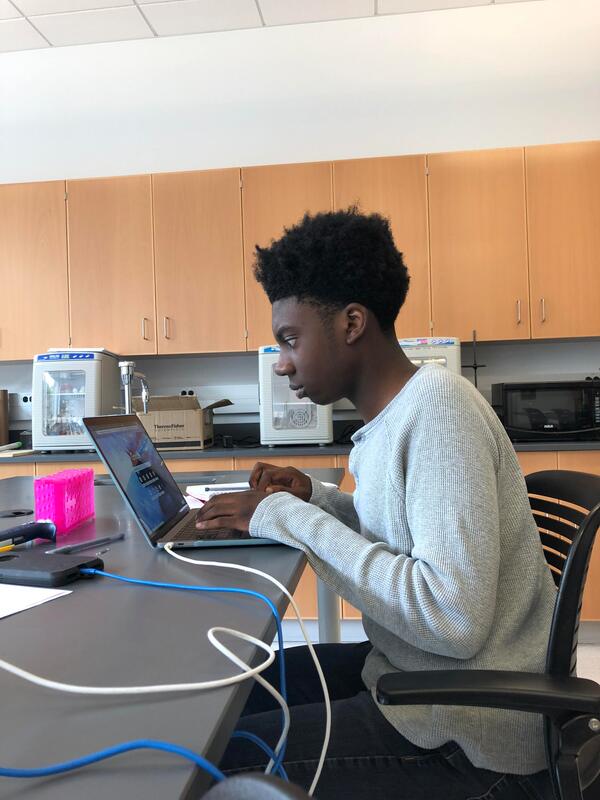
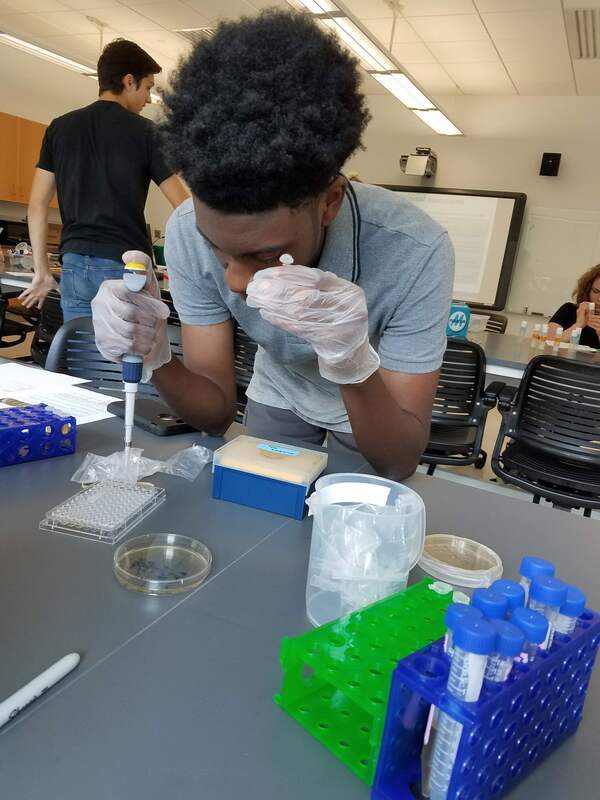
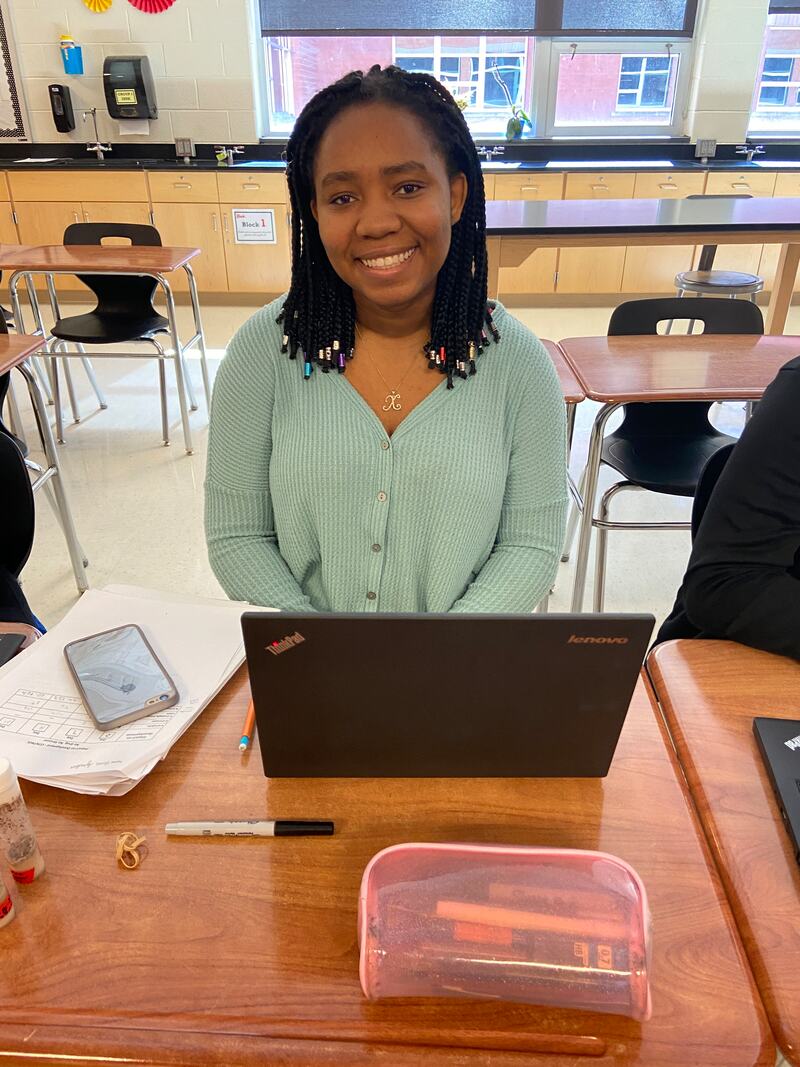
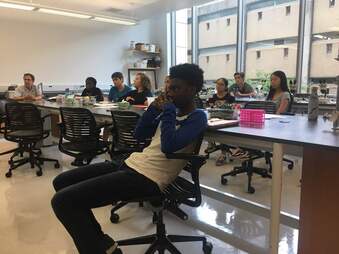
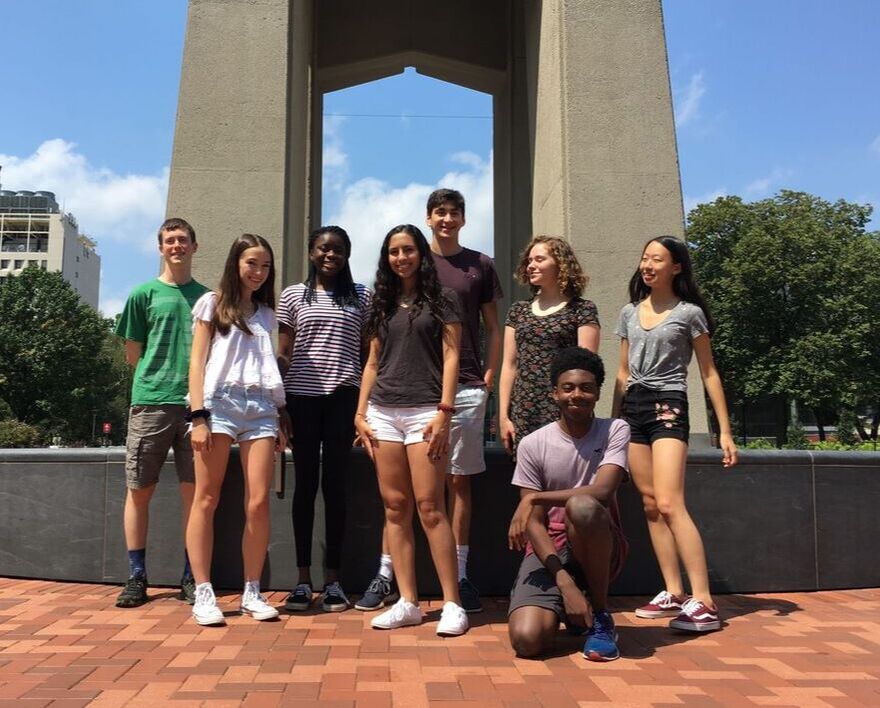
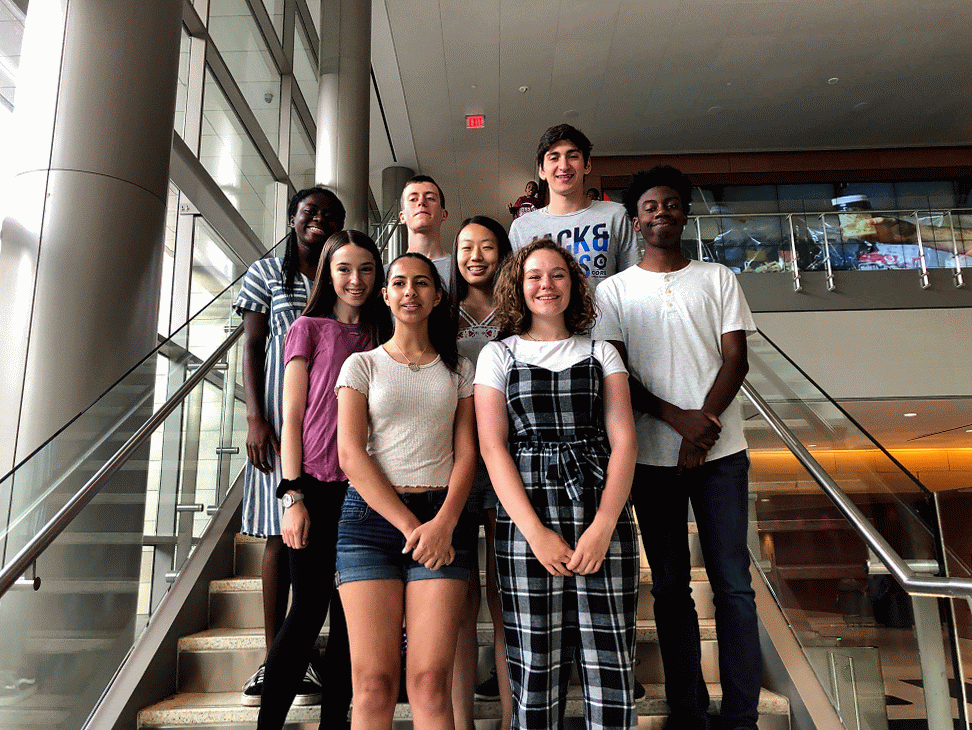
 RSS Feed
RSS Feed